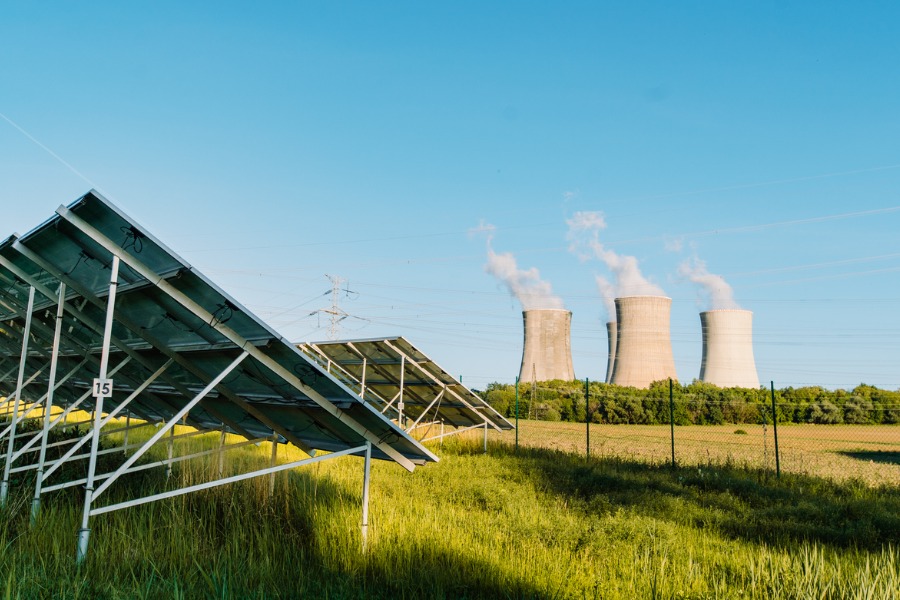

Bill Gates said he’s prepared to plow billions of dollars into a next-generation nuclear power plant project in Wyoming to meet growing US electricity needs.
TerraPower LLC, a startup founded by Gates, broke ground for construction of its first commercial reactor last week in Wyoming, where a coal plant is shutting down, the billionaire co-founder of Microsoft Corp. said on CBS’s Face the Nation. TerraPower has explored simpler, cheaper reactors since 2008 and expects to complete the new reactor in 2030.
“I put in over a billion, and I’ll put in billions more,” said Gates, the world’s sixth-richest person according to the Bloomberg Billionaires Index.
TerraPower’s plant, which has backing by the US Department of Energy, was initially expected to be operational in 2028. But that would have meant relying on fuel from Russia, which is “unacceptable now,” Gates said on CNN’s Fareed Zakaria GPS.
The reactor design uses liquid sodium as a coolant rather than water and includes molten salt that can store heat to boost its output. TerraPower plans to source reactor fuel from the US and its allies, Gates said.
“Coal is being outcompeted by natural gas,” Gates told CNN. “And so what we have to do is compete effectively with natural gas.”
Carbon-free nuclear power is increasingly seen as a key part of fighting climate change, and more companies are promoting smaller reactors. Last year, 25 nations at the COP28 climate change conference in Dubai declared an ambition to triple nuclear capacity, according to BloombergNEF.

Rajesh Markan earlier this year pleaded guilty to one count of criminal fraud related to his sale of fake investments to 10 clients totaling $2.9 million.

From building trust to steering through emotions and responding to client challenges, new advisors need human skills to shape the future of the advice industry.

"The outcome is correct, but it's disappointing that FINRA had ample opportunity to investigate the merits of clients' allegations in these claims, including the testimony in the three investor arbitrations with hearings," Jeff Erez, a plaintiff's attorney representing a large portion of the Stifel clients, said.

Chair also praised the passage of stablecoin legislation this week.

Maridea Wealth Management's deal in Chicago, Illinois is its first after securing a strategic investment in April.
Orion's Tom Wilson on delivering coordinated, high-touch service in a world where returns alone no longer set you apart.
Barely a decade old, registered index-linked annuities have quickly surged in popularity, thanks to their unique blend of protection and growth potential—an appealing option for investors looking to chart a steadier course through today's choppy market waters, says Myles Lambert, Brighthouse Financial.
